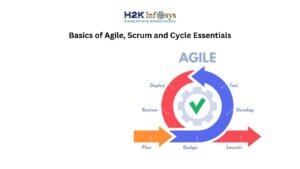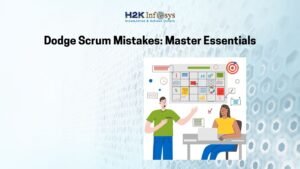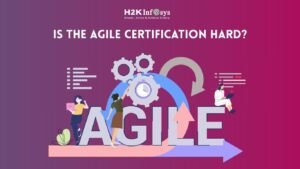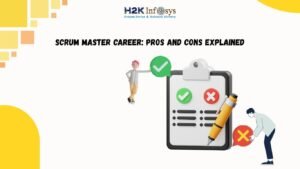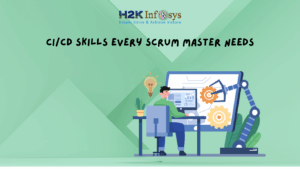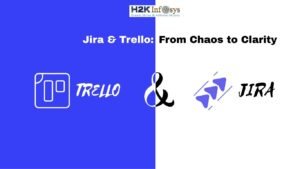The titles “Product Manager” and “Product Owner” can be confusing to some people. Why do we require them, and what are they? Do we have to have both? The responses are directly correlated with the size, scope, and domain complexity of your project.
The job of the Product Owner, who is ultimately accountable for the value provided to the customer, is probably very recognizable to you if you have worked within or with a SAFe. The Product Owner role, which can be filled by a variety of people in your business, focuses on setting priorities for your Scrum team’s work and making sure that stakeholders’ and customers’ expectations are constantly satisfied. Check out the Agile training to learn more.
What is a Product Manager in SAFe?
Product managers oversee the cross-functional team that is in charge of a product’s success and continual improvement. This is a crucial organisational function, particularly in technology firms. Product managers offer the knowledge required to steer and make strategic decisions about products.
Simply said, excellent product managers create excellent products. You are in charge of a variety of strategic to tactical tasks, including formulating a strategy, gathering and evaluating product ideas, and deciding what to construct first. Within product teams, you play a key role in bringing engineering, marketing, sales, and support together around the work that will be most valuable to consumers.
The role of the Product Owner has grown less obvious as more businesses start the process of integrating Scrum and Agile principles into their organisations due to the introduction of scalability. Many businesses are aware that it takes more than one Agile/Scrum team to create the substantial, intricate solutions that clients require and anticipate. As a result, “scaling agile teams” has swiftly established itself as the industry standard in many enterprises that demand complex goods and services. SAFe (Scaled Agile Framework), as a result, has swiftly become the most widely used scaling technique worldwide.
The job of the Product Owner in the SAFe methodology mostly adheres to the Scrum Guide’s original definition. However, the idea of an ART (Agile Release Train) creates a new position (the Product Manager) which could be difficult for project teams who are unfamiliar with SAFe to comprehend. The growth of SAFe, which is driven by the requirement for numerous Agile teams to work together on a single solution, necessitates the Product Manager’s strategic insight into the demands of the consumers.
Even though most ARTs are likely to have a small number of teams, each with a dedicated Product Owner, the Product Manager is a crucial position that will make sure the various teams collaborate in a coordinated manner in order to realise the larger vision. By concentrating on the Release Train level, the Product Manager will assist the teams in maintaining alignment in terms of priorities and value offered to the end user.
Are both a product manager and a product owner necessary?
The question of “If I can only hire a Product Manager or a team of Product Owners, but not both, which should I choose?” is one that I have come across frequently.
Although it is not ideal to start the team off with just a Product Manager and no Product Owners, it might be managed as a small step towards a more developed, efficient team. The majority of new ARTs have a propensity to launch with some posts unfilled. Putting together the Agile/Scrum teams that are most important to the overall solution first can be one tactic to ensure that they can offer value as soon as possible. Even if you have the money to hire everyone on the train, it’s likely that you’ll need to build the teams that will support the train incrementally.
Do both roles have to be played in order to successfully operate an ART, then? Yes, especially if there are five or more teams in your ART. Without capable Product Owners to handle the specifics, the train may become disjointed. A unified, well-organised strategy will be provided by having competent Product Owners and Product Managers, giving your train the best chance of success.
Let’s see some key attributes and see the differences between Product Owners and Product Managers.
- Scope: In terms of Scope, the Product Owner uses a Team while the Product Manager uses an ART (Agile Release Train).
- Focus Area: In terms of Focus Area, Product Owners use the Team Backlog, while Product Managers use the ART Backlog.
- Key Skills: The key skill for Product Owners is Customer engagement, while the key skills for Product Managers are Market strategy, roadmap & vision.
- Peer Interactions: Product Owners mainly interact with their Agile Team and their Product Manager, but on the other hand, Product Managers mainly interact with Business Owners, System Architects, and Release Train Engineers.
Conclusion
To learn more about the SAFe Framework, check out the SAFe Agile certification course.








